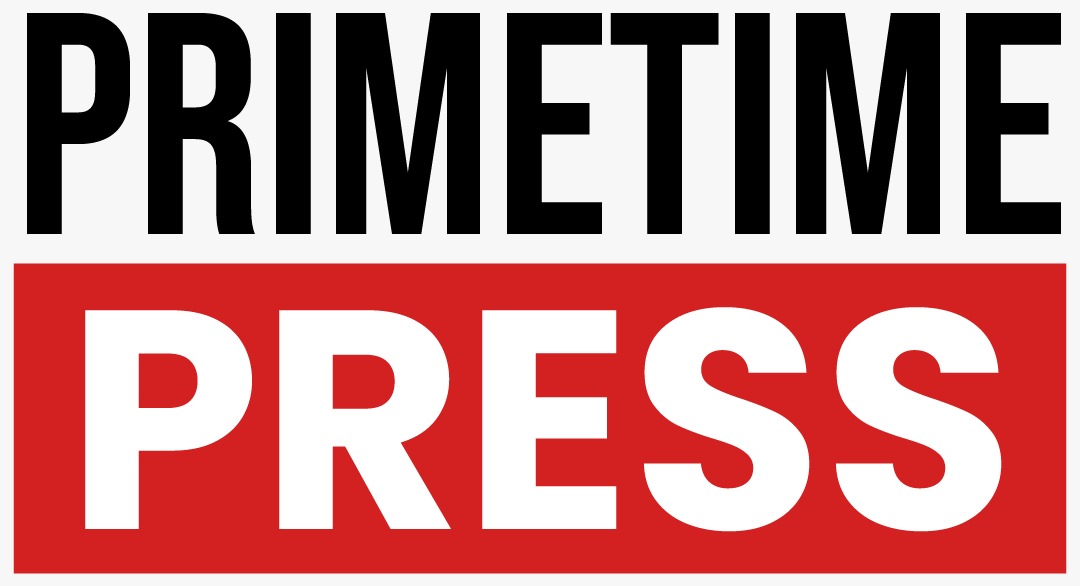Current Trends in Inflation and Price Changes for Consumers
Recent government data indicates a notable cooling of inflation, achieving a four-year low following President Donald Trump’s “Liberation Day” tariffs. Contrary to fears that tariffs would escalate prices, several consumer goods have seen significant price declines.
Declining Prices of Certain Goods
For instance, egg prices, once emblematic of rising costs, experienced a decrease of approximately 10% in April compared to March. Nevertheless, other essential commodities continue to climb in price, including coffee and beef.
Understanding Price Fluctuations
Omar Sharif, the founder and president of Inflation Insights, offered insights into this dynamic. He emphasized that while some prices may rise more sharply than the average inflation rate, the overall impact on consumers depends on their personal budgets. “At the end of the day, what’s important is the weight of the price change in your budget,” Sharif stated. He noted that increases in certain goods may be counterbalanced by decreases in others.
Rising Costs of Coffee
April data revealed that coffee prices surged by 9.6% year-on-year, with instant coffee seeing an even more dramatic increase of 13.5%. This price surge is attributed to a combination of strong demand and limited supply, exacerbated by recent droughts in key coffee-producing countries like Vietnam and Brazil. David Ortega, a food economist at Michigan State University, elaborated, “These price increases are primarily driven by weather shocks.”
Beef Prices on the Rise
Similarly, the beef market is grappling with price hikes, with ground beef increasing by 10% and steak prices up by 7% over the same period. This trend can also be traced back to supply constraints due to drought conditions in major U.S. cattle-producing regions. “The national beef herd is at its lowest level in decades – and demand is strong,” Ortega pointed out, explaining that ranchers faced increased operational costs and ultimately reduced the number of cattle raised for future supply.
Impact of Car Repairs
Car repair costs have also escalated, rising by 7.6% compared to last year. This increase is largely due to the complexity of modern vehicles, which come equipped with advanced features that require specialized skills for repair. Additionally, a shortage of skilled technicians has put upward pressure on repair prices. Brian Moody, executive editor at Autotrader, noted, “More people want technology in their cars,” indicating that the demand for these advanced features necessitates greater expertise that is currently in short supply.
Apparel and Outerwear Costs
While general apparel prices have slightly declined, specific categories such as men’s and women’s outerwear have seen notable increases: men’s outerwear jumped by 5.3%, and women’s by 6.2%. Sharif indicated that these increases may not necessarily reflect production costs, as overall production expenses for these categories have decreased. Instead, price hikes could be influenced by consumer preferences and the premium charged by specialty brands.
Conclusion
Overall, while inflation is showing signs of moderation, certain essential consumer goods are experiencing price increases, reflecting broader market dynamics. Consumers are advised to remain vigilant about the prices of their everyday purchases, as individual financial impacts will vary.

